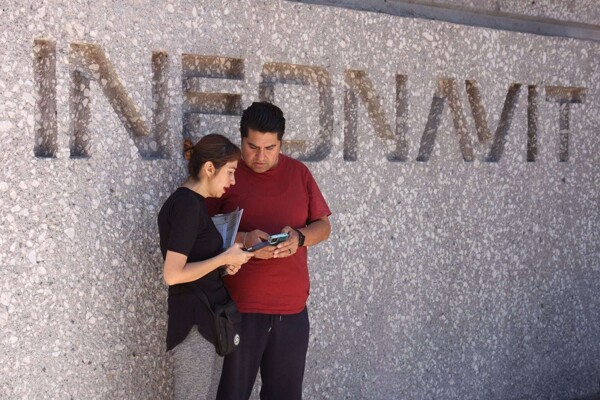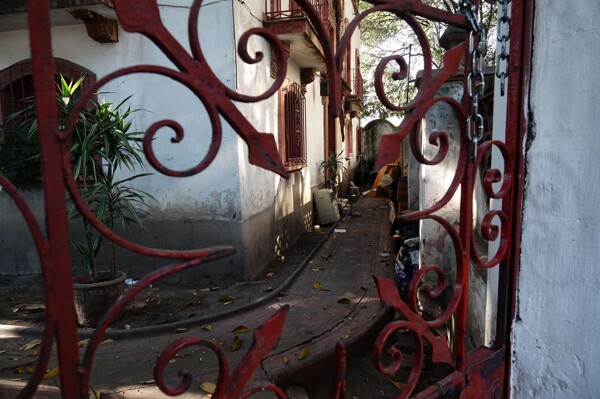
Движение является одной из главных городских проблем, с которой сталкиваются жители Мехико. Манифестации, аварии и забастовки усугубляют проблему, превращая ее в ежедневный вызов для миллионов людей. Как водители, так и пользователи общественного транспорта сталкиваются с долгими часами в пробках, что приводит к потере времени и продуктивности.
Движение также оказывает значительное влияние на загрязнение и здоровье жителей. Оно генерирует 983 килограмма CO₂ на человека в год и способствует заболеваниям органов дыхания. Кроме того, перенаселенность и отсутствие надлежащей инфраструктуры усугубляют ситуацию. Нехватка общественного транспорта и плохоеUrban planning are factors that contribute to traffic congestion in the Mexican capital.
UNAM experts have suggested several measures to solve the traffic problem. These include improving public transportation, creating reversible lanes with flexible hours, encouraging remote and hybrid work, as well as promoting a road culture to improve urban mobility. Although bike lanes are useful, the importance of planning them for short and medium routes and connecting them with other modes of transport is emphasized.
A study by the UNAM Foundation reveals that the inhabitants of Mexico City spend 152 hours annually stuck in traffic. This traffic congestion not only impacts the quality of life of people but also their productivity and health. A journey of 10 kilometers, which should take 14 minutes, can take twice as long, increasing pollution and respiratory diseases. The loss of gasoline due to traffic is estimated to be equivalent to filling the tank eight times.
In Mexico City, traffic is so severe that it ranks 13th in traffic congestion among 387 cities evaluated worldwide. With a lack of adequate infrastructure, population growth, and a high dependence on cars, the Mexican capital faces a constant challenge in terms of urban mobility.














